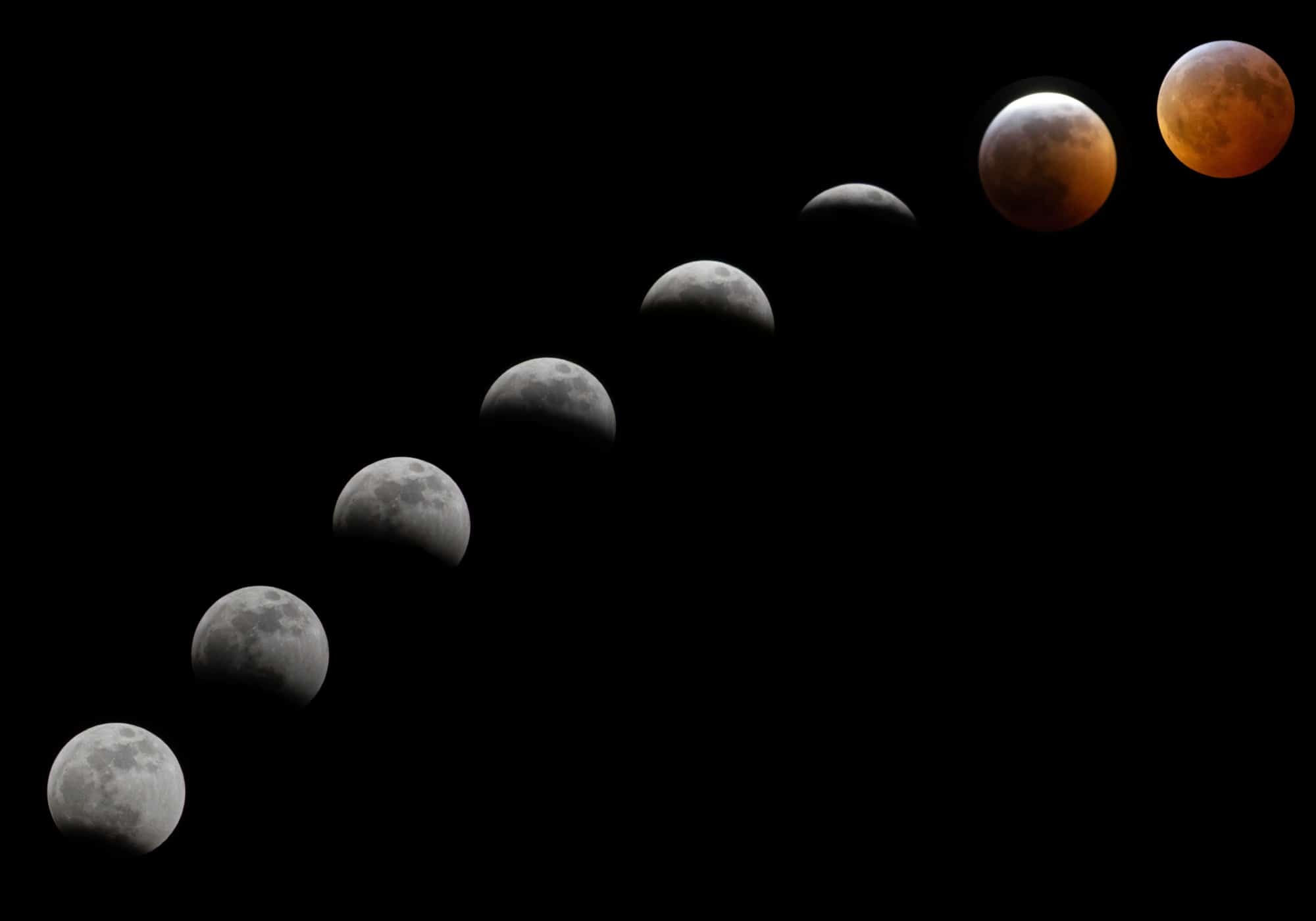

The Virtual Telescope Project will go live with coverage of the eclipse at 11 p.m. These video feeds are a good fallback if you encounter cloudy weather, or if you just don't want to stay up late or get up early to watch the eclipse in person. You have online options for following the moon action.
Partial lunar eclipse how to#
How to watch the lunar eclipse from anywhere I'll probably aim to set an alarm for closer to maximum rather than stand out in the cold for hours. 19 for me in Albuquerque, New Mexico, and reach its maximum at about 2:02 a.m. For example, the partial-eclipse phase will kick off at 12:18 a.m.

Moon between 6 and 12 degrees above horizon. Moon between 12 and 18 degrees above horizon.
Partial lunar eclipse full#
If you want to watch the full process, you could be in for a long night. The animation shows where this partial lunar eclipse is visible during the night (dark wave slowly moving across the Earths surface). Head over to and search for your location to get your times. The US will be in a great position to catch the eclipse action. Exact viewing times will depend on your location, but at least some of the eclipse will be visible in most of the Americas, Australia, and in parts of Europe and Asia. Lunar eclipses are sometimes called Blood Moons because of this phenomenon. When the Moon is within the umbra, it will turn a reddish hue. In a total lunar eclipse, the entire Moon falls within the darkest part of Earth’s shadow, called the umbra.

The eclipse will be visible to a large area of the globe across the evening of Nov. A lunar eclipse occurs when the Sun, Earth, and Moon align so that the Moon passes into Earth’s shadow. "And that just means more opportunities to witness little changes in our solar system that sometimes occur right before our eyes." When is the 2021 lunar eclipse? "Partial lunar eclipses might not be quite as spectacular as total lunar eclipses - where the moon is completely covered in Earth's shadow – but they occur more frequently," NASA said in a skywatching update. This lunar event made history, too: NASA predicted the eclipse would last about three and a half. Partial eclipses are still fantastic experiences, and tonight's will still cover most of the moon. Because it was 99.1 of the moon, and not the whole moon, it's considered a partial lunar eclipse. For a partial eclipse, Earth's shadow doesn't completely cover the moon. During a lunar eclipse, the moon darkens and usually takes on a reddish color.


 0 kommentar(er)
0 kommentar(er)
